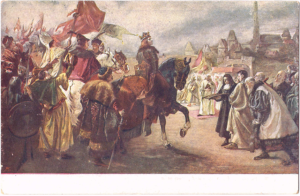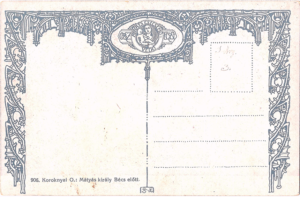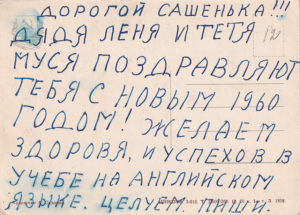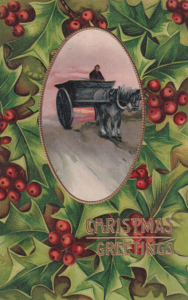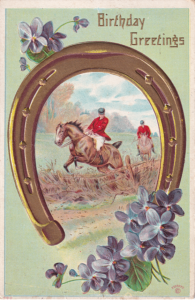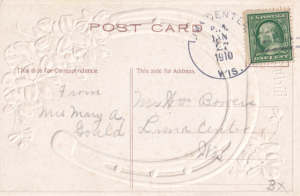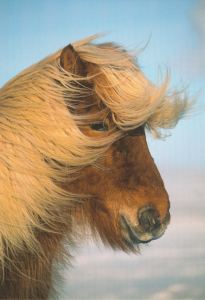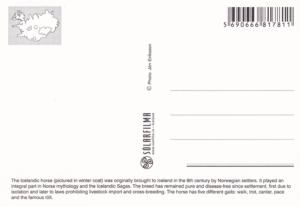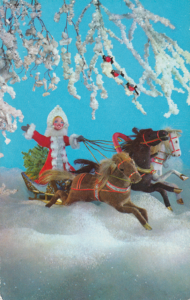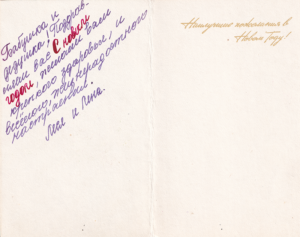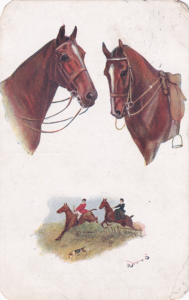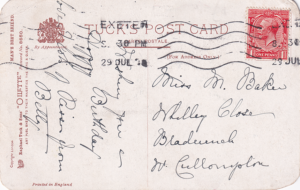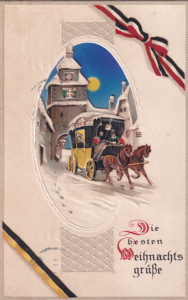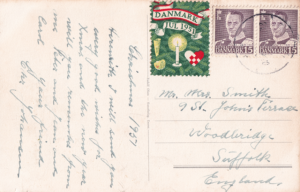Early history of milk in Cuba.
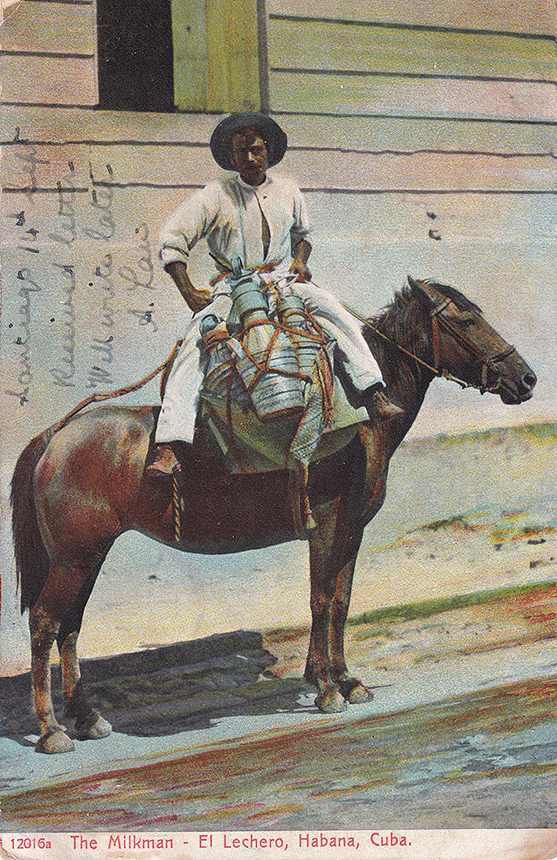
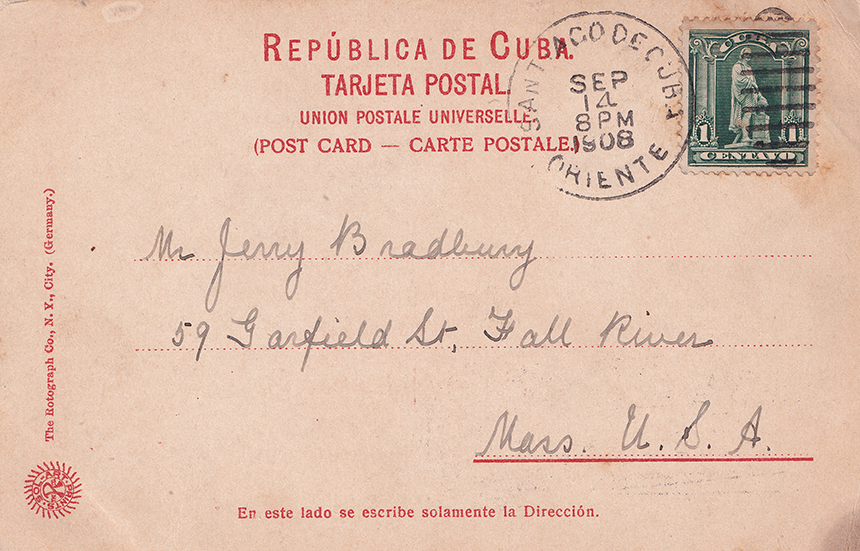
Reverse side of the postcard.
More information
Early history of milk in Cuba.
The development of animal husbandry in Cuba began when the island was a colony of Spain. In the 1570s, the first cattle farms were established here, later their number increased. Until the beginning of the 17th century, the main form of land ownership on the island were large cattle farms, but in the middle of the 18th century began the process of splitting pastoral latifundia, where sugar and tobacco plantations emerged.
In the 1890s, sugar, tobacco and coffee plantations were the mainstay of the island’s economy, but livestock production remained important and leather was a major export commodity.
By the early 1950s, there were 4 million head of cattle on the island, with the largest pastoral latifundia concentrated on mountain pastures and savannahs in the eastern part of the island, and Camaguey Province was the main breeding centre for cattle and horses. In 1953, only 11 per cent of Cuban peasants ate milk.
However, until the 1959 Cuban Revolution, there were only zebu cows of local breed - large, viable, but unproductive - that gave no more than two liters of milk per day.
Founder
Rotograph Co., New York.
Date
1905.
Culture
Republic of Cuba.
Classification
Postcard.

